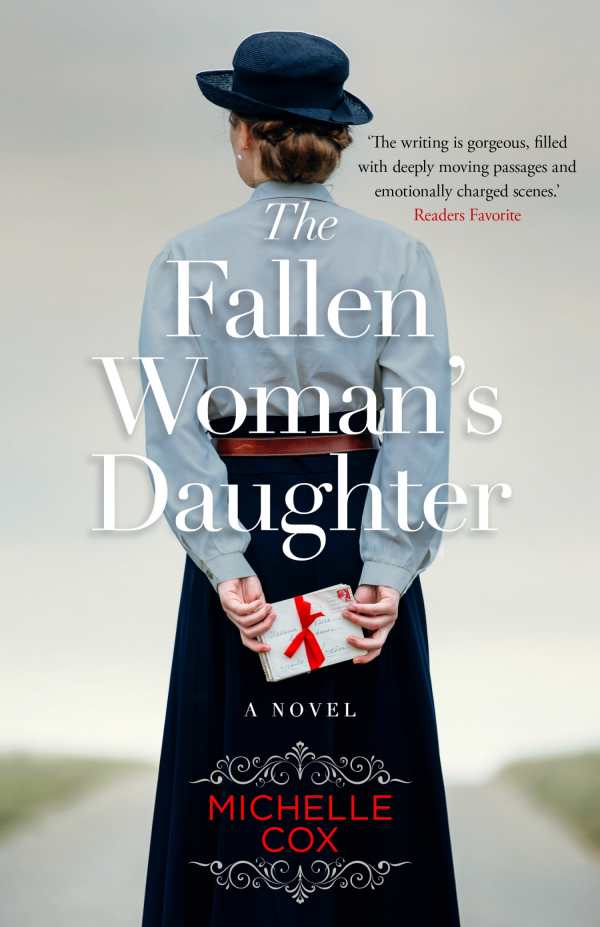The Fallen Woman's Daughter
Consequences and forgiveness interweave in Michelle Cox’s enthralling historical novel The Fallen Woman’s Daughter, about a young heartland bride whose unfortunate choices create hardship for her children across decades.
In the 1920s, Gertie is the impulsive daughter of Swedish immigrants. When a carnival comes to her Iowa town, she’s beguiled by its showy barker, who seduces her. Their rash elopement results in strife.
In the 1930s, an act of retribution paints Gertie in an unfavorable light, causing her separation from Nora and Patsy, her daughters. The girls are taken from her and sent to the Park Ridge School for Girls; Gertie doesn’t know it, but there are abuses at the school. And Nora doesn’t understand why she’s been sent away at first; she’s only overheard what adults say about their situation.
Thereafter, the book alternates between passages focused on Gertie’s thwarted hopes and those that center Nora, who feels abandoned. Nora wonders if her family will ever reunite; she tilts into hurt judgment over her forced maturity. Patsy, meanwhile, is forgiving and free-spirited.
Moving through World War II, the early 1960s, and toward hard-won peace, the book reveals what happened to Gertie in the years following her daughters’ removal in sympathetic stages. She seeks help from a shelter; she works as a waitress and meets a new suitor who is a cad. Tension blooms: Gertie tries to improve but is hindered by personal limitations. Over time, all three women find that their feelings over what happened to their family have shifted.
Hindsight is bittersweet in The Fallen Woman’s Daughter, a piercing historical novel about the gravitational pull that early memories exert on mothers and daughters.
Reviewed by
Karen Rigby
Disclosure: This article is not an endorsement, but a review. The publisher of this book provided free copies of the book to have their book reviewed by a professional reviewer. No fee was paid by the publisher for this review. Foreword Reviews only recommends books that we love. Foreword Magazine, Inc. is disclosing this in accordance with the Federal Trade Commission’s 16 CFR, Part 255.

